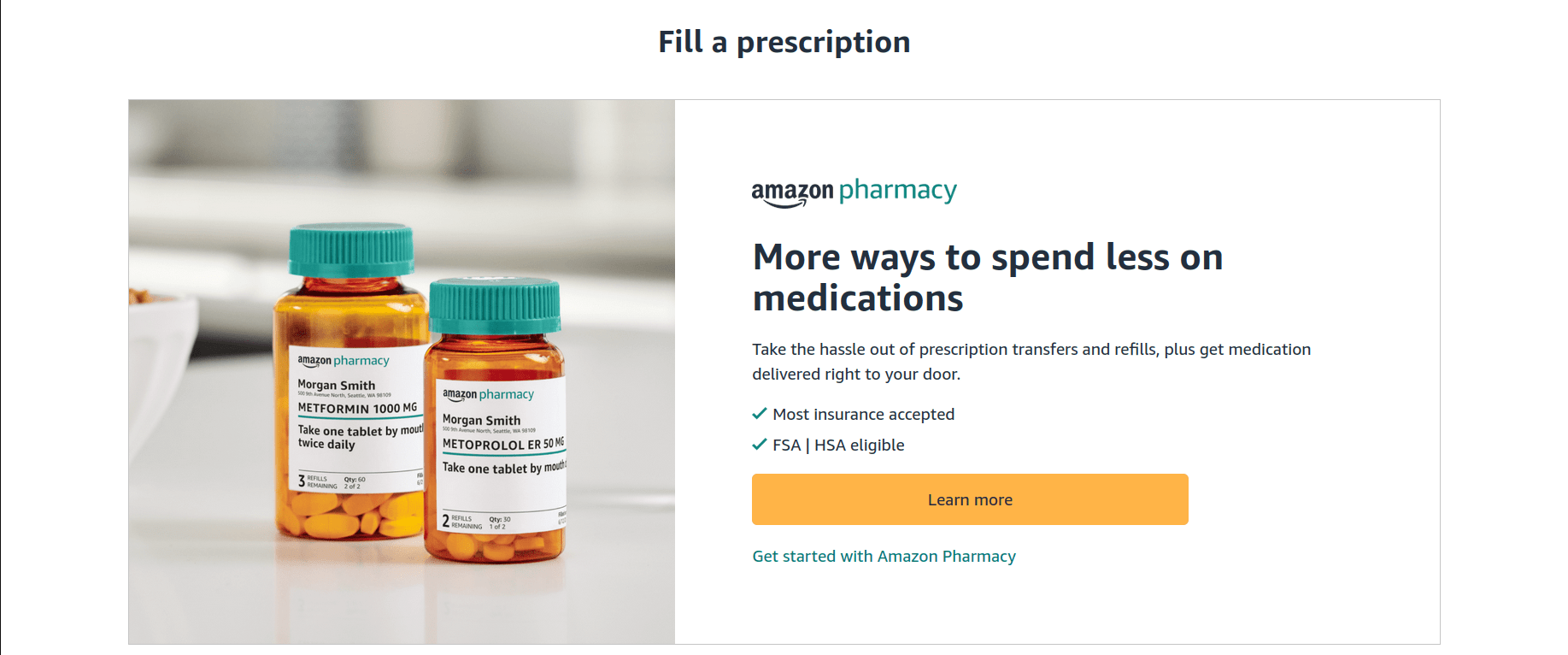Sildenafil, sold under the brand name Viagra, among others, is a medication used to treat erectile dysfunction and pulmonary arterial hypertension. It is also sometimes used off-label for the treatment of certain symptoms in secondary Raynaud’s phenomenon. It is unclear if it is effective for treating sexual dysfunction in females. It can be taken orally (swallowed by mouth), intravenously (injection into a vein), or through the sublingual route (dissolved under the tongue). Onset when taken orally is typically within twenty minutes and lasts for about two hours.
Common side effects include headaches, heartburn, and flushed skin. Caution is advised in those with cardiovascular disease. Rare but serious side effects include vision problems, hearing loss, and prolonged erection (priapism) that can lead to damage to the penis. Sildenafil should not be taken by people on nitrates such as nitroglycerin (glycerin trinitrate), as this may result in a serious drop in blood pressure.
Sildenafil acts by blocking phosphodiesterase 5 (PDE5), an enzyme that promotes breakdown of cGMP, which regulates blood flow in the penis. It requires sexual arousal to work, and does not by itself cause or increase sexual arousal. It also results in dilation of the blood vessels in the lungs.
Pfizer originally discovered the medication in 1989 while looking for a treatment for angina. It was approved for medical use in the United States and in the European Union in 1998. In 2021, it was the 157th most commonly prescribed medication in the United States, with more than 3 million prescriptions. It is available as a generic medication. In the United Kingdom, it is available over the counter.






